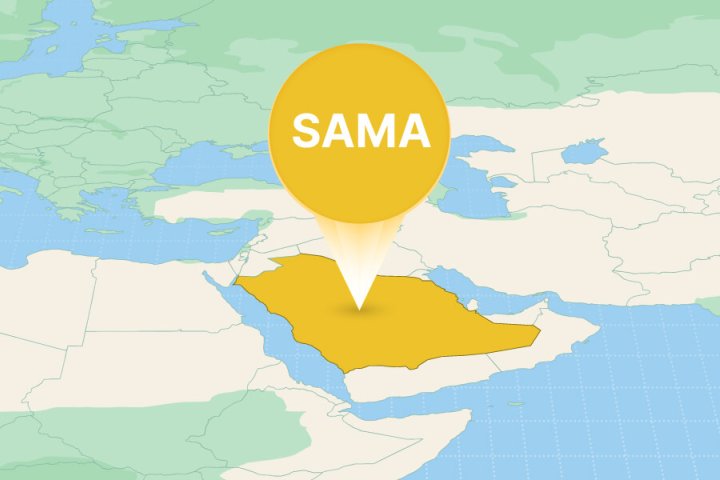Originally developed for the healthcare sector, HITRUST CSF (Common Security Framework) has evolved to serve a broader range of industries. HITRUST is a pivotal framework, harmonizing the myriad of existing, globally recognized standards and regulations into one place. Born from the need to ensure a comprehensive approach to data protection, HITRUST CSF (Common Security Framework) was developed to help organizations navigate the complex milieu of security, privacy, and compliance challenges.
This article will guide you through HITRUST's evolution, its current scope, and how it can be a game-changer for your organization's data protection strategy.
In this article you will learn:
- What is HITRUST CSF?
- The purpose of HITRUST CSF
- Structure of the HITRUST CSF
- The scope: Who needs HITRUST CSF?
- The HITRUST certification process
- A step-by-step guide to HITRUST certification
- How Safetica can help with your HITRUST compliance efforts
What is HITRUST CSF?
HITRUST is like a Swiss Army knife for cybersecurity, combining the best practices from various well-known standards into one comprehensive framework. Whether you're familiar with ISO 27000 series, GDPR, HIPAA, CCPA, CMMC or NIST (among others), HITRUST brings them all together. This makes it easier for businesses, especially those handling sensitive information, to not just meet legal requirements but to really fortify their data security, without needing to sift through each regulation individually.
It's adaptable to your organization’s size and complexity, meaning it's not a one-size-fits-all solution but a tailored approach to data protection. Think of HITRUST CSF as streamlining compliance while ensuring your organization's resilience against digital threats.
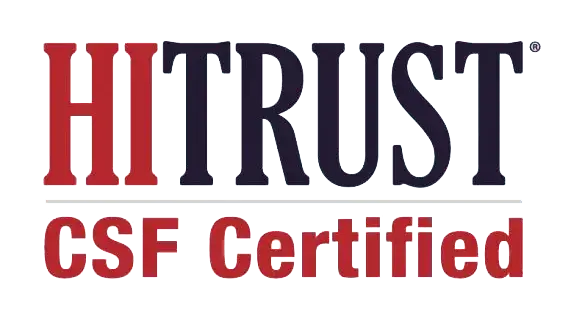
The purpose of HITRUST CSF
HITRUST CSF’s primary goal is to offer a set of guidelines that integrate various cybersecurity standards and regulatory requirements, a sort of “compliance compass”. This integration ensures a holistic approach to data loss prevention. Ultimately, this makes it easier for organizations to navigate the complexities of DLP and meet diverse compliance needs.
Here are the key benefits of HITRUST CSF:
- Streamlined compliance: HITRUST simplifies the complex task of adhering to multiple regulatory requirements by consolidating them into a single framework. This streamlining not only saves time and resources but also enhances an organization's overall security posture. (However, it's essential to note that HITRUST won't cover every single aspect of every regulation.)
- Avoiding redundant efforts: One of the significant advantages of HITRUST is its ability to prevent redundant compliance efforts. By integrating various standards into a single framework, organizations can avoid duplicating their security and privacy measures for each individual regulation. This efficiency translates into cost savings and a more effective compliance strategy.
Structure of the HITRUST CSF
The HITRUST CSF is structured into 19 control domains, each addressing key aspects of information security:
- Information Protection Program
- Endpoint Protection
- Portable Media Security
- Mobile Device Security
- Wireless Security
- Configuration Management
- Vulnerability Management
- Network Protection
- Transmission Protection
- Password Management
- Access Control
- Audit Logging & Monitoring
- Education, Training and Awareness
- Third Party Assurance
- Incident Management
- Business Continuity & Disaster Recovery
- Risk Management
- Physical & Environmental Security
- Data Protection & Privacy
Each domain contains specific requirements tailored to address the risks and challenges associated with that particular domain.
The HITRUST CSF also introduces the concept of 'levels of implementation', which vary according to the organization's size, type, and exposure to risk. For instance, a small clinic might comply with Level 1 requirements in the 'Mobile Device Security' domain, such as basic encryption and password protection, while a large hospital might need to adhere to Level 3 requirements, implementing more advanced security measures like biometric authentication and device management systems. This tiered approach allows for customization and scalability of the HITRUST CSF guidelines.

The scope: Who needs HITRUST CSF?
Initially tailored for DLP in the healthcare industry, HITRUST has grown to encompass a broader range of industries. It's particularly relevant for businesses that manage sensitive data, such as financial services, education, and technology sectors. Though voluntary, HITRUST certification has become a de facto standard, especially in healthcare. Its global use is also on the rise, as organizations worldwide recognize its value in aligning with international security standards and enhancing global data protection strategies.
Comparing HITRUST framework with other risk management ones
HITRUST CSF stands out for its integration of critical elements from various standards. This comprehensive approach is suitable for organizations needing a holistic strategy to address multiple regulatory requirements at once. HITRUST's fusion of these elements offers a unified compliance solution.
Here are more specific examples of how various security standards compare to the HITRUST CSF:
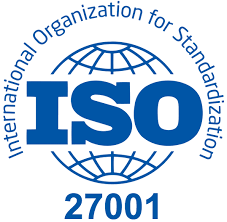
HITRUST vs. ISO 27001
Scope: ISO 27001 focuses on establishing and maintaining an information security management system (ISMS), while HITRUST CSF covers a wider range of security and privacy protocols.
Practical application: An ISO 27001 certification mainly demonstrates adherence to a process, whereas HITRUST certification includes specific security and privacy controls, providing a more detailed compliance framework.
![]()
HITRUST vs. NIST
Customizability: Both NIST and HITRUST CSF offer customizable frameworks. While NIST is known for its adaptability to various organizational needs, HITRUST also scales its controls based on an organization's size, risk, and complexity.
Specificity: HITRUST provides more prescriptive controls compared to NIST's flexible guidelines, offering detailed pathways to compliance for organizations, especially in the healthcare sector.
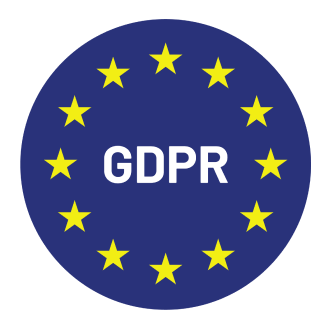
HITRUST vs. GDPR
Focus: GDPR is centered around data privacy laws in the European Union, whereas HITRUST integrates privacy principles with broader security measures.
Global applicability: HITRUST is used globally, integrating GDPR requirements for international organizations, thus offering a more holistic approach to compliance beyond just privacy.
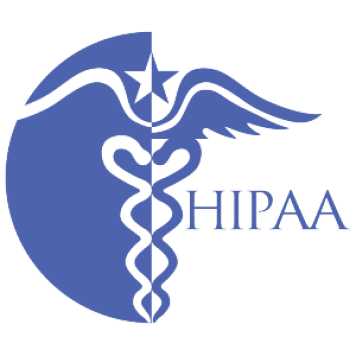
HITRUST vs. HIPAA
Scope: HIPAA specifically addresses the protection of health information in the US, focusing on compliance requirements for healthcare entities and their associates. HITRUST, while encompassing HIPAA requirements, broadens its scope to include standards suitable for multiple industries.
Implementation: HIPAA provides a set of standards without prescribing specific security measures, leaving room for interpretation. HITRUST CSF offers a more detailed and actionable framework, translating HIPAA’s requirements into specific controls and practices.
The HITRUST certification process
The first step to the HITRUST certification process is understanding the different types of assessments available, and choosing the appropriate one for your organization:
Types of HITRUST CSF assessments
Organizations can choose between self-assessments and validated assessments. Self-assessments provide access to HITRUST CSF via myCSF and allow for gap assessments. However, they do not lead to HITRUST certification. Validated assessments, on the other hand, are conducted by authorized HITRUST assessor firms and are necessary for certification.
There are three types of validated assessments available (as of 2023):
- HITRUST Essentials, 1-year (e1) validated assessment + certification: This assessment covers fundamental cyber-hygiene for lower-risk organizations.
- HITRUST Implemented, 1-year (i1) validated assessment + certification: Recommended for moderate-risk situations, it follows a set of non-tailorable controls.
- HITRUST Risk-based, 2-year (r2) validated assessment + certification: Tailored through scoping factors, it offers a risk-based approach and is considered the gold standard of information protection. The HITRUST Interim Assessment is used after 12 months of certification as a re-assessment that allows businesses to maintain their r2 certification for the full 2 years.
Then there’s the risk-based, 2-year readiness self-assessment that is specifically designed to help organizations prepare for their future HITRUST assessments.
The e1 and i1 assessments have a fixed number of requirements for all organizations. In contrast, the r2 assessment's scope is determined by various factors, such as the number of sensitive records.
Achieving HITRUST certification
To achieve HITRUST certification, organizations must score well in each of the 19 HITRUST domains, with control requirements assessed against maturity levels and achieve a passing score in each domain. The assessment scores are based on the degree of control implementation and maturity level.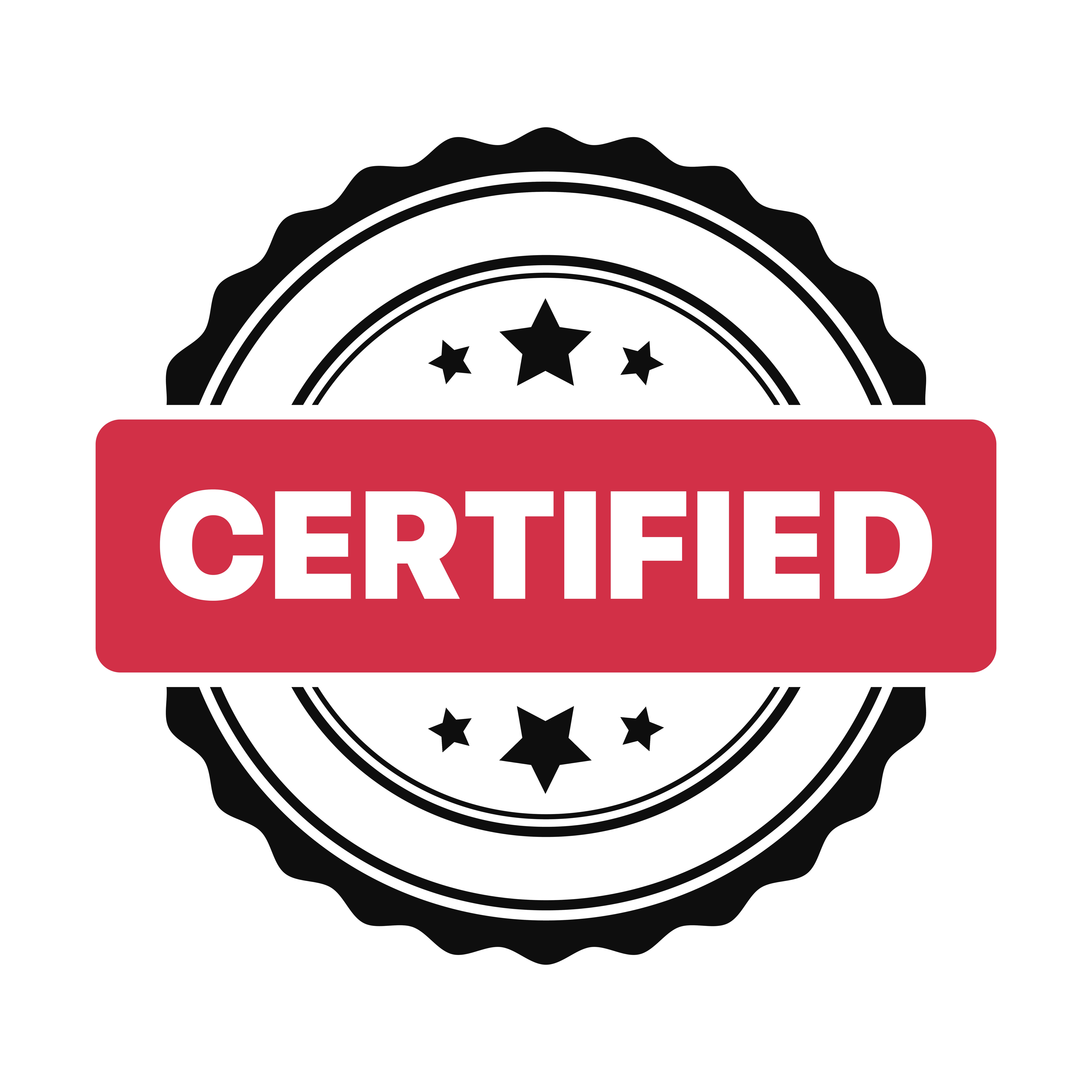
A step-by-step guide to HITRUST certification
Starting the HITRUST certification process requires careful planning. Here are steps to get you started:
- Assess your needs: Evaluate which HITRUST assessment level suits your organization's risk profile and regulatory requirements.
- Engage an assessor: Select a qualified HITRUST assessor firm to guide you through the process. Their expertise is invaluable.
- Scope your assessment: Define the scope of your HITRUST assessment. Understand what systems, processes, and data need to be assessed.
- Gap analysis: Conduct a gap analysis to identify areas where you need to enhance your security controls and policies.
- Remediate and implement: Address the gaps by implementing the necessary controls, policies, and procedures.
- Assessment: Your chosen assessor will conduct the HITRUST assessment. Be prepared to provide evidence of control effectiveness.
- Certification: Once you pass the assessment, you'll receive HITRUST certification.
But don’t stop there. HITRUST certification is an ongoing commitment to data protection. Effective implementation and compliance maintenance require ongoing efforts:
![]()
Regular auditing: Continuously monitor and audit your controls to ensure they remain effective.
![]()
Keep updated: Stay informed about evolving regulations and security threats to adapt your controls accordingly.
![]()
Employee training: Train your employees on security best practices and compliance requirements.
![]()
Documentation: Maintain detailed documentation of your security measures and compliance efforts.
![]()
Third-party vendors: Ensure that your third-party vendors also adhere to HITRUST standards.
Costs of certification
The total cost of a HITRUST certification depends on a number of variables. To conduct an assessment, organizations must first purchase a subscription to MyCSF, a SaaS solution that grants access to various assessment types (USD 15,000 per year). They will also need to pay an external assessor, the basic certification fee which differs on every level and based on company size, and possibly other indirect costs related to fulfilling individual security requirements.
Though the basic price of certification starts at USD 10,000, the final price of the HITRUST certification will likely be much higher, reaching up to USD 160,000 for the most complex assessments.

How Safetica can help with your HITRUST compliance efforts
Whether you're in healthcare, finance, or any other industry, HITRUST certification demonstrates your commitment to safeguarding sensitive data. But as streamlined and relatively easy to understand HITRUST is, it’s still a massive undertaking to prepare and maintain your organization’s data security measures.
Safetica understands these challenges of navigating complex compliance landscapes. Our data protection and insider threat prevention solutions can assist organizations on their HITRUST compliance journey.
Safetica helps identify and protect sensitive data, monitors user activities, and ensures policy enforcement, all contributing to smoother compliance efforts.
With Safetica, you can confidently pursue HITRUST certification while safeguarding your valuable data. Book your free demo today.
Next articles

Understanding SOC 2: The Scope, Purpose, and How to Comply
Get started with your SOC 2 compliance efforts: what SOC 2 is, why it matters, and, most importantly, what steps you need to take if you want to get a SOC 2 report for your organization.
